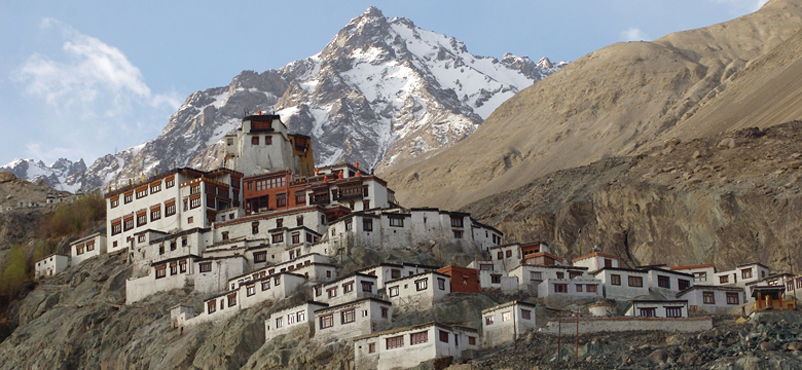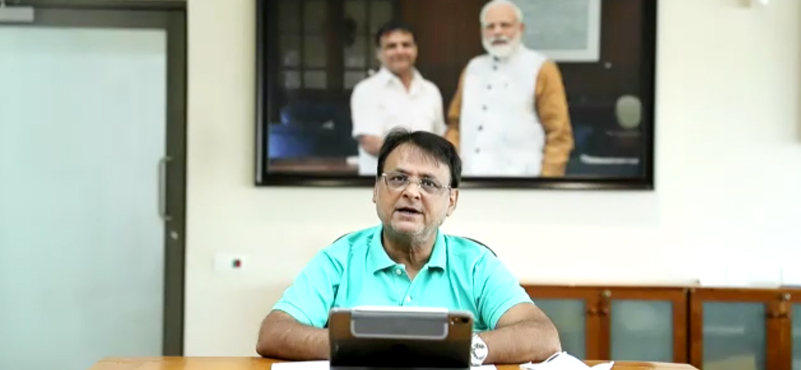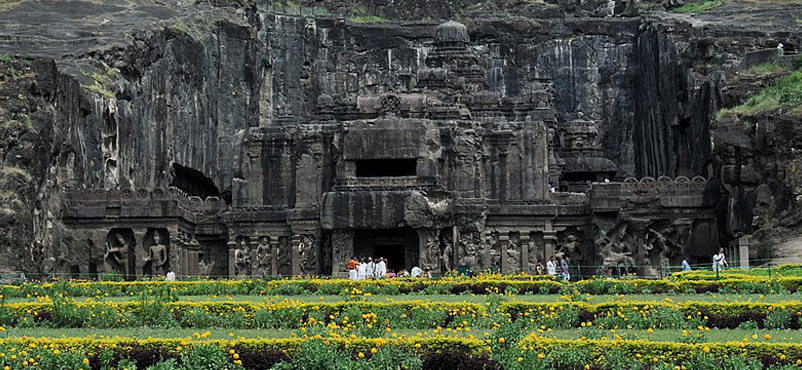Leisure and adventure tourism in Leh is going strong and remains unaffected by the situation in the valley of Jammu and Kashmir. The tourist season continues to expand but high airfares are deterring MICE travellers, who are increasingly opting to travel overseas, thanks to most affordable airfares.

Director, The Grand Dragon Ladakh
The growing ‘tourist season’
The ‘tourist season’ in Ladakh had significantly expanded, compared to even “15 years ago when the season for tourism was July and August”, shared Danish Din, Director, The Grand Dragon Ladakh. The season now stretched from early April to well into late September. There was a change in the local industry as well. He insisted that “the local industry was passive and seldom participated in tourism fairs.” The exposure was really minimal,” he informed.
He shared that the Grand Dragon Ladakh was the first hotel in Leh to charge an ARR of upwards of INR 5000. “We were the first in many senses. Our hotel was the first to provide 24 hours hot and cold water, and LCD TVs,” he reminisced. Sharing more on the growth of tourism in Leh, he mentioned that he would often get queries from people asking whether a visa was required to visit the town, some 10 years ago. “We have come a long way since then. Connectivity got a boost after Jet Airways and Air India started flying in 2007. Now we have almost all Indian carriers flying in,” he said. He also made a mention of Bollywood movie ‘3 Idiots’, sharing that the movie, shot at the Pangong Tso Lake, brought limelight, pushing the destination into the mainstream of domestic consumption.
Ladakh, through the years, has remained unaffected by the turmoil in the valley of Jammu and Kashmir. While the tourism industry in Kashmir had endured most of the political situation, Ladakh has quietly made up for the losses to the state’s exchequer. Reflection on the issue, Danish noted that there was some impact on business, “5-6 years ago.” Frankly, any bad publicity to Kashmir did have some impact on the business back then, but not anymore,” he shared, indicating the increasing maturity of the domestic segment traveller. He added that occupancies had remained as high as “90-95 percent in the peak tourist season.”
Giving an overview of footfalls in the region, he suggested that much of the domestic traffic had been driven by Gujarat from 2009-11. “Tourists were mostly from Gujarat. Now we get flooded with tourists from everywhere. The northeast, the South, Rajasthan, Himachal Pradesh, Haryana and other parts,” he mentioned. On the international front, tourists were pouring in from Western Europe and the USA, mostly in search for adventure activities, followed by leisure.
MICE movement trends
MICE movement in Leh had taken a hit, stressed Danish. Drawing a comparison with the heady days of the late 2000s, he shared that his hotel, back in 2008, had hosted “100s of conferences, one involving over 300 people.” He insisted that the corporate segment was increasingly preferring to travel overseas, given extremely affordable airfares and the trend was causing a dent in the revenue of local hotels. “It is very affordable for them (corporate travellers) to head to Southeast Asia and other regions as outbound travel has become significantly cheaper,” he lamented.
Further exacerbating the situation was high airfares between Leh and major Indian cities. “In the peak tourist season, fares go as high as INR 15000. It is simply not affordable for most people,” he rued.
He mentioned that Leh was not a “run-of-the-mill” destination. “It is not for everybody. It is not a party or a leisure place,” he said, adding that one needed to be adventurous and healthy to sample the high-altitude destination.




































